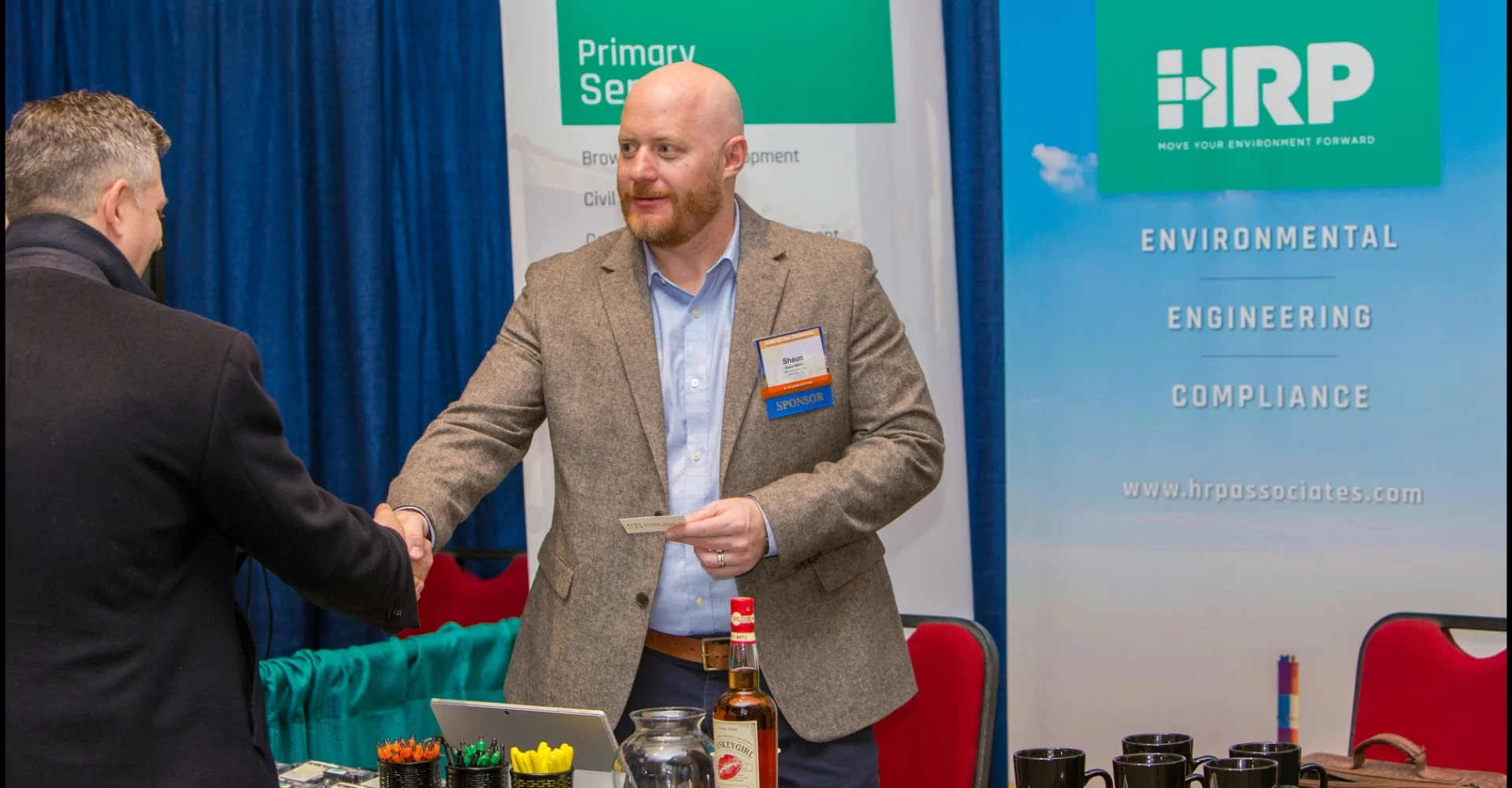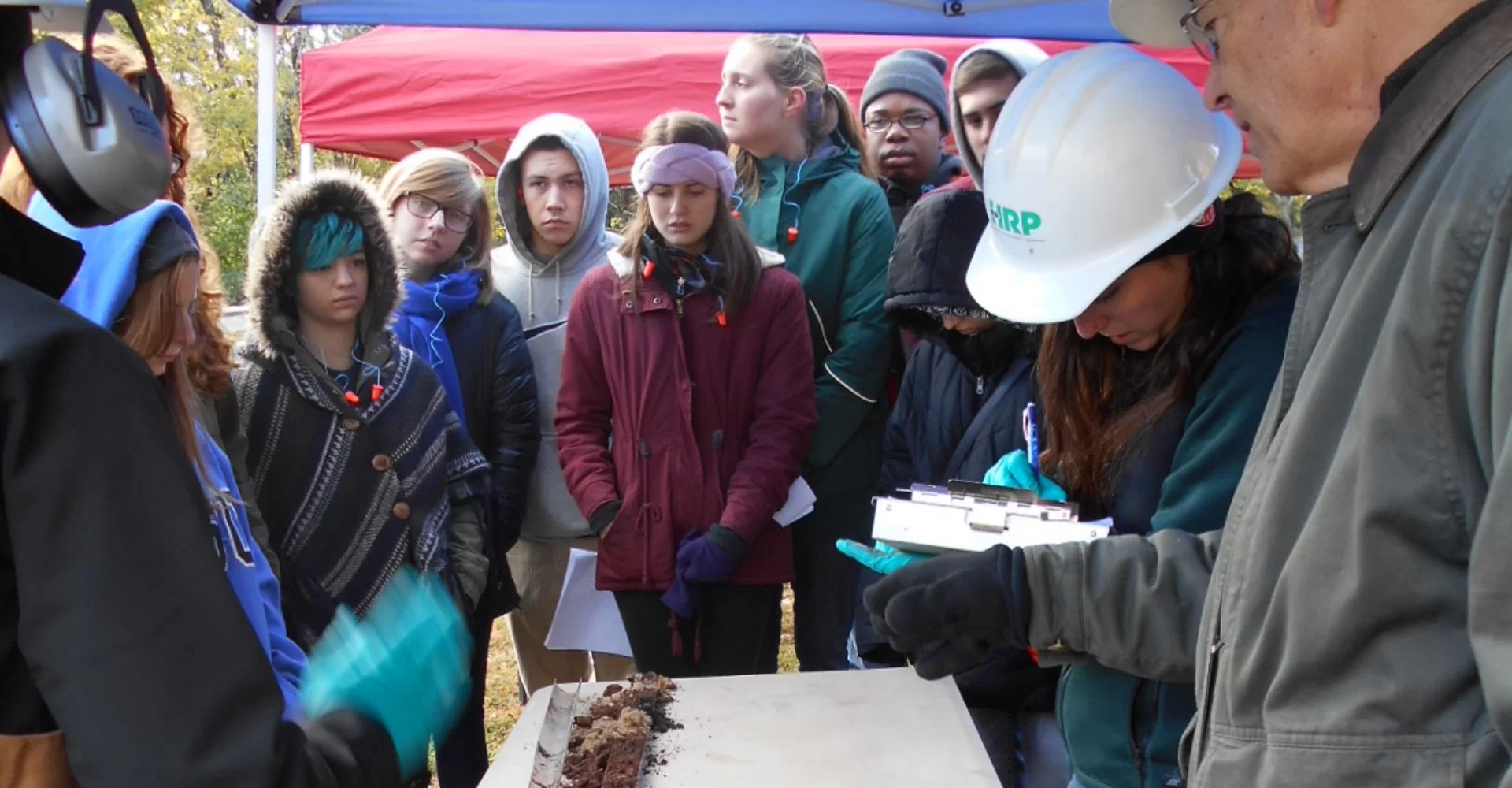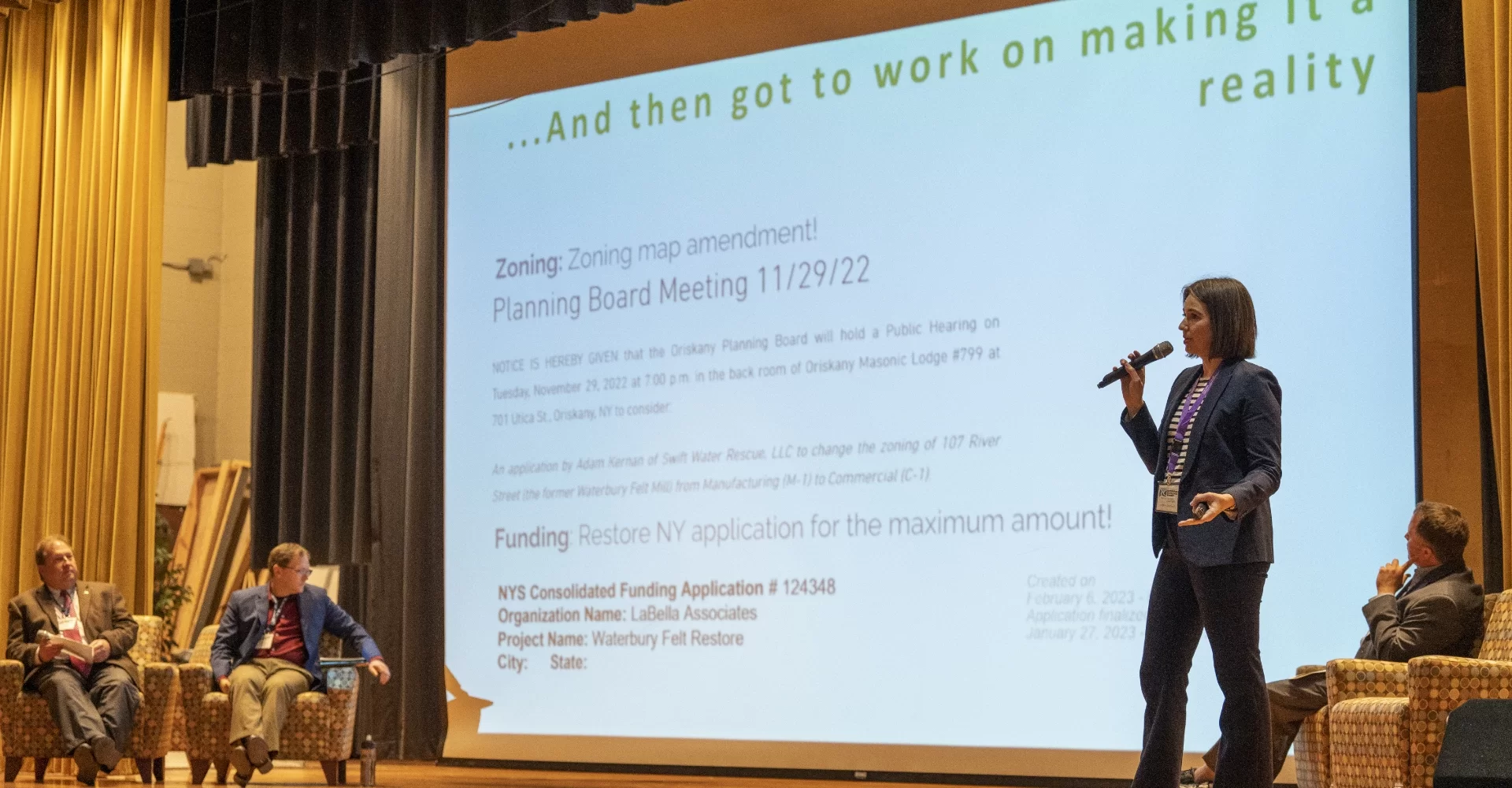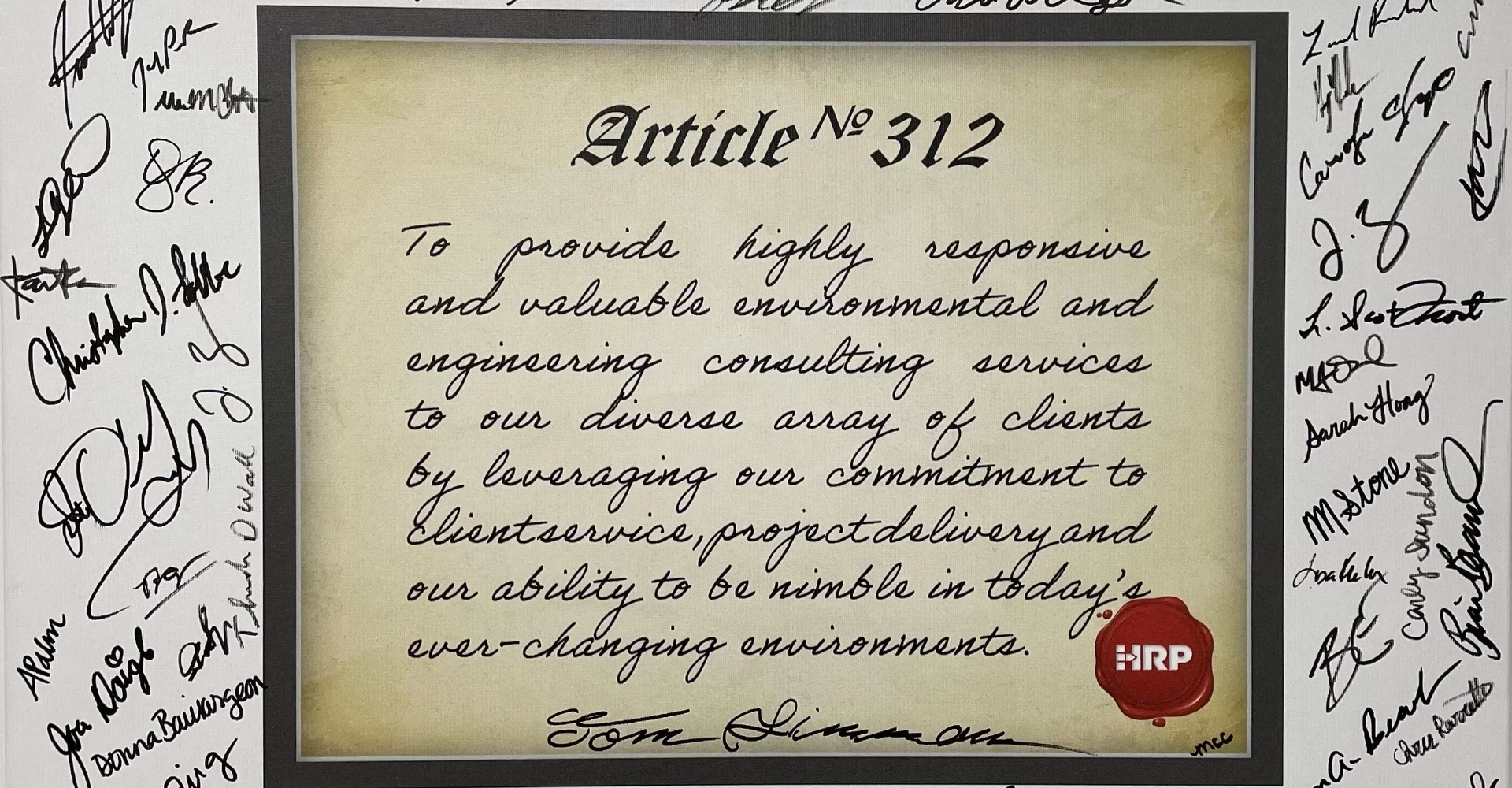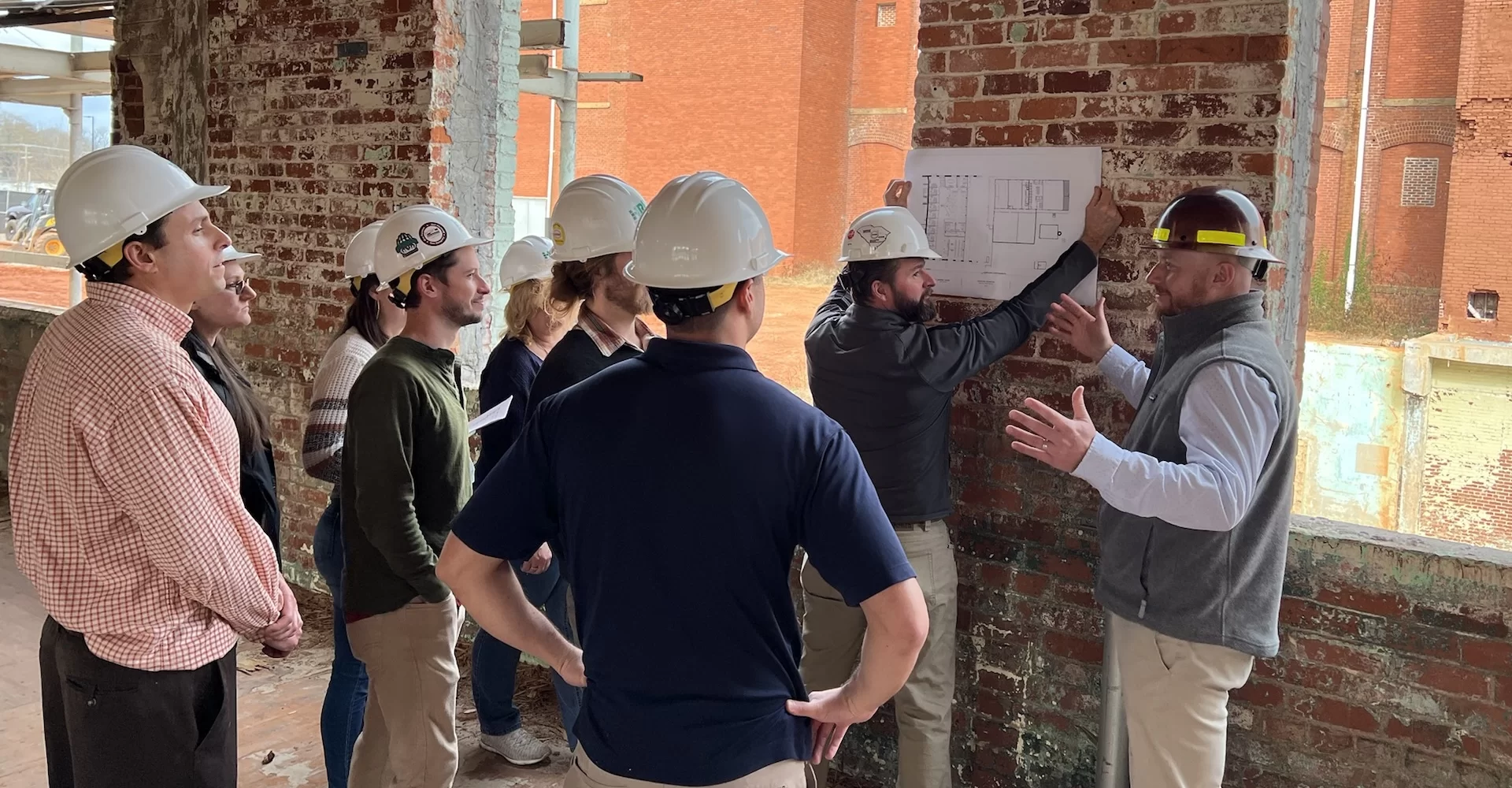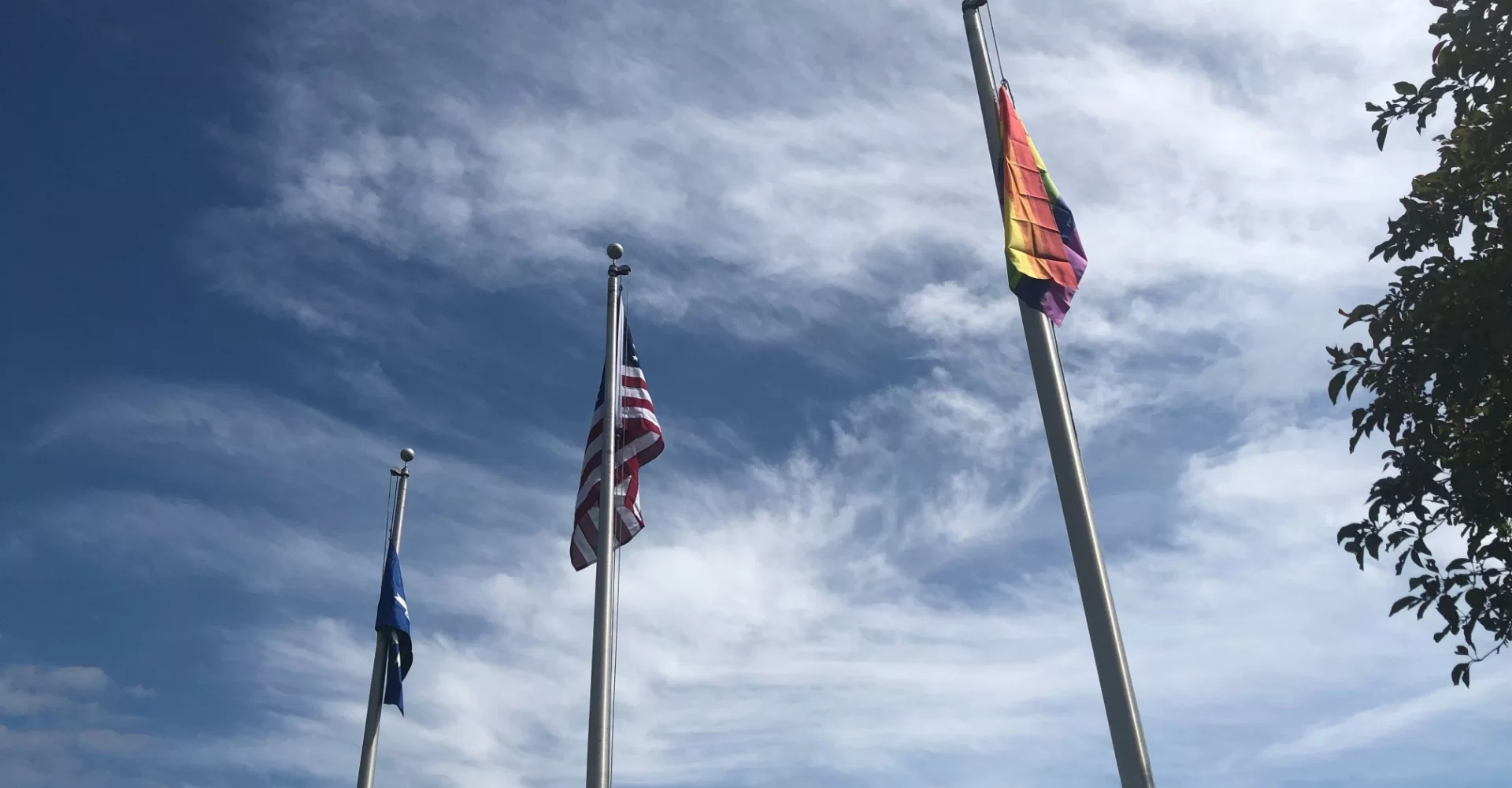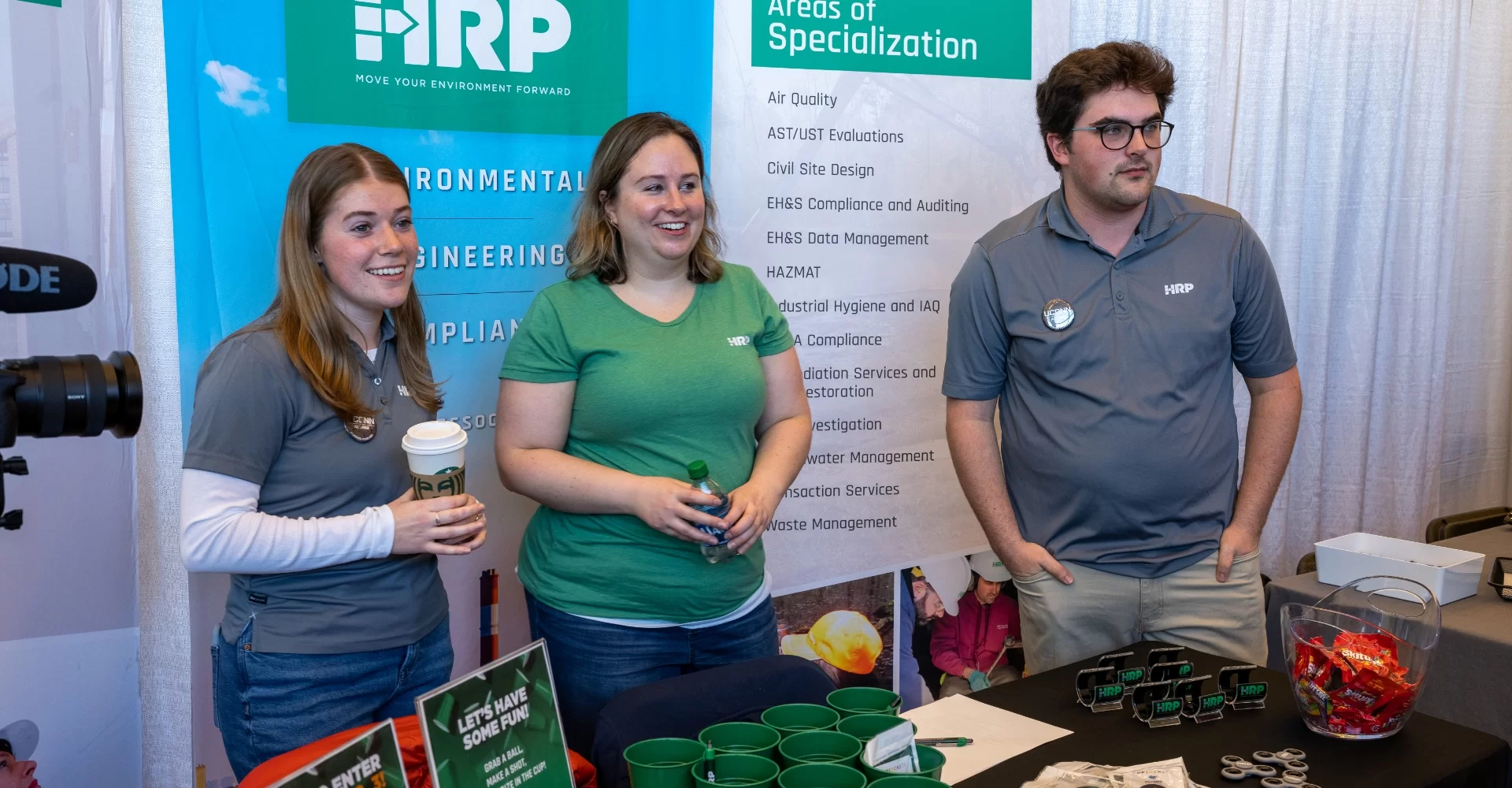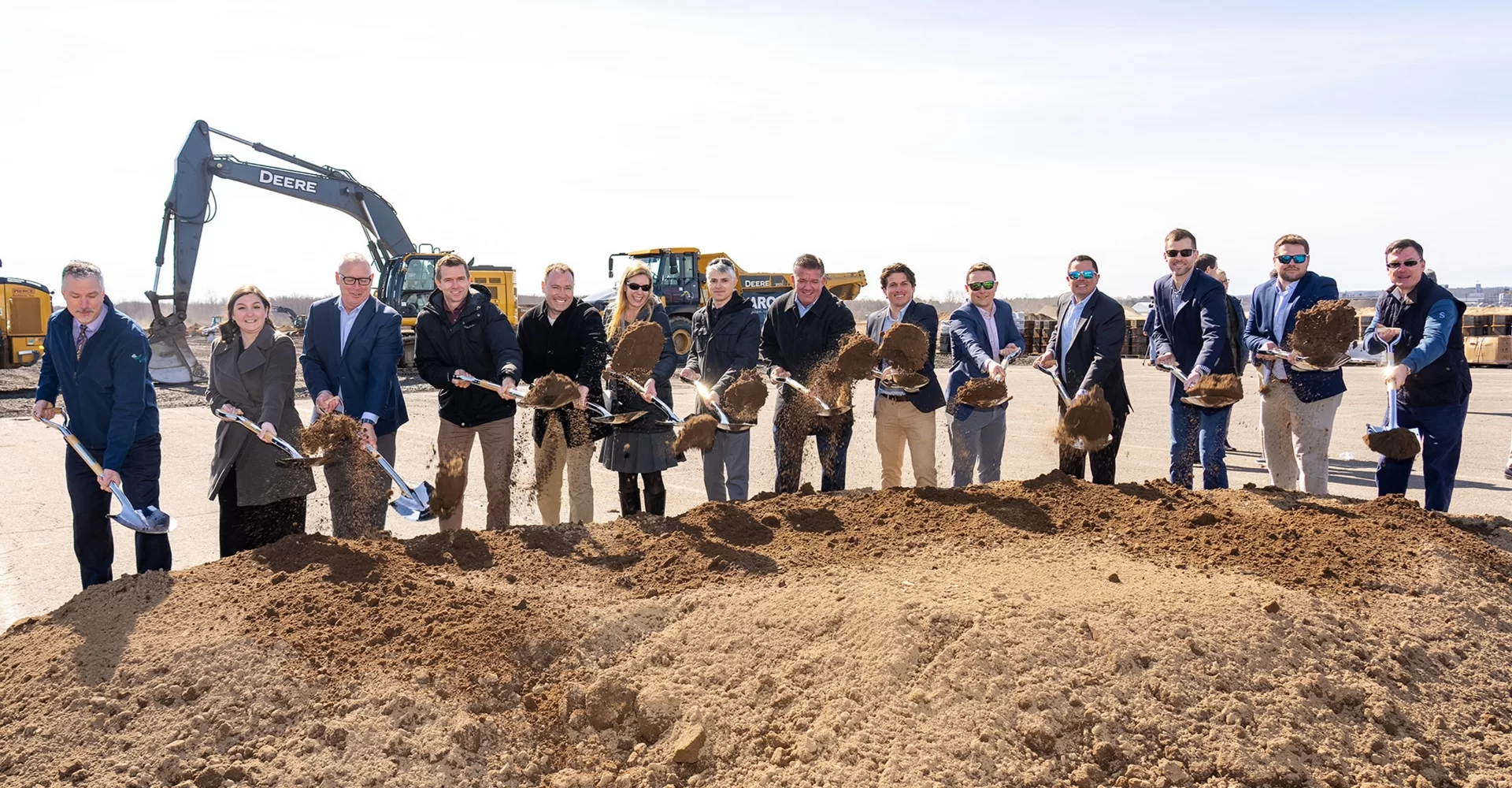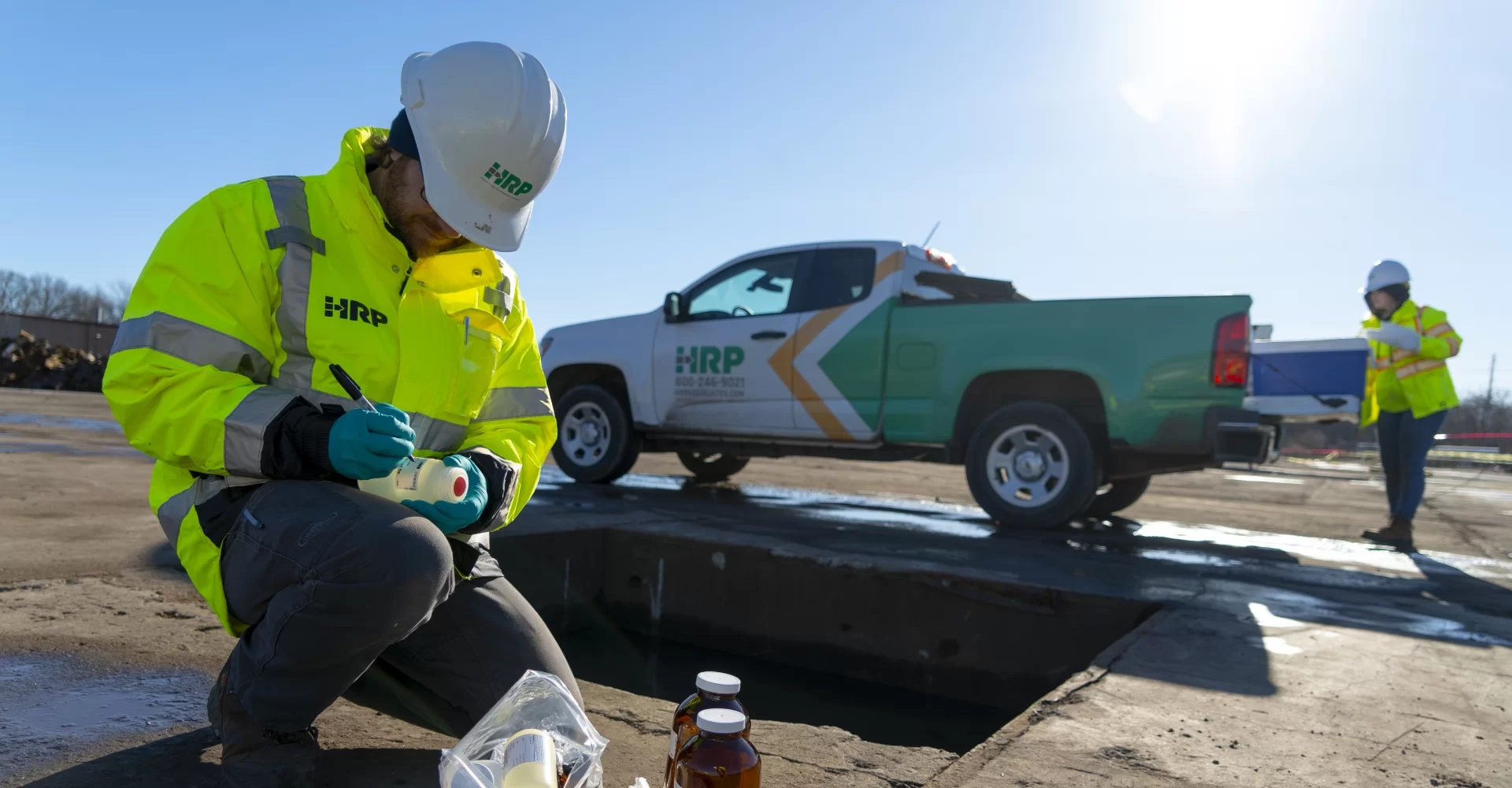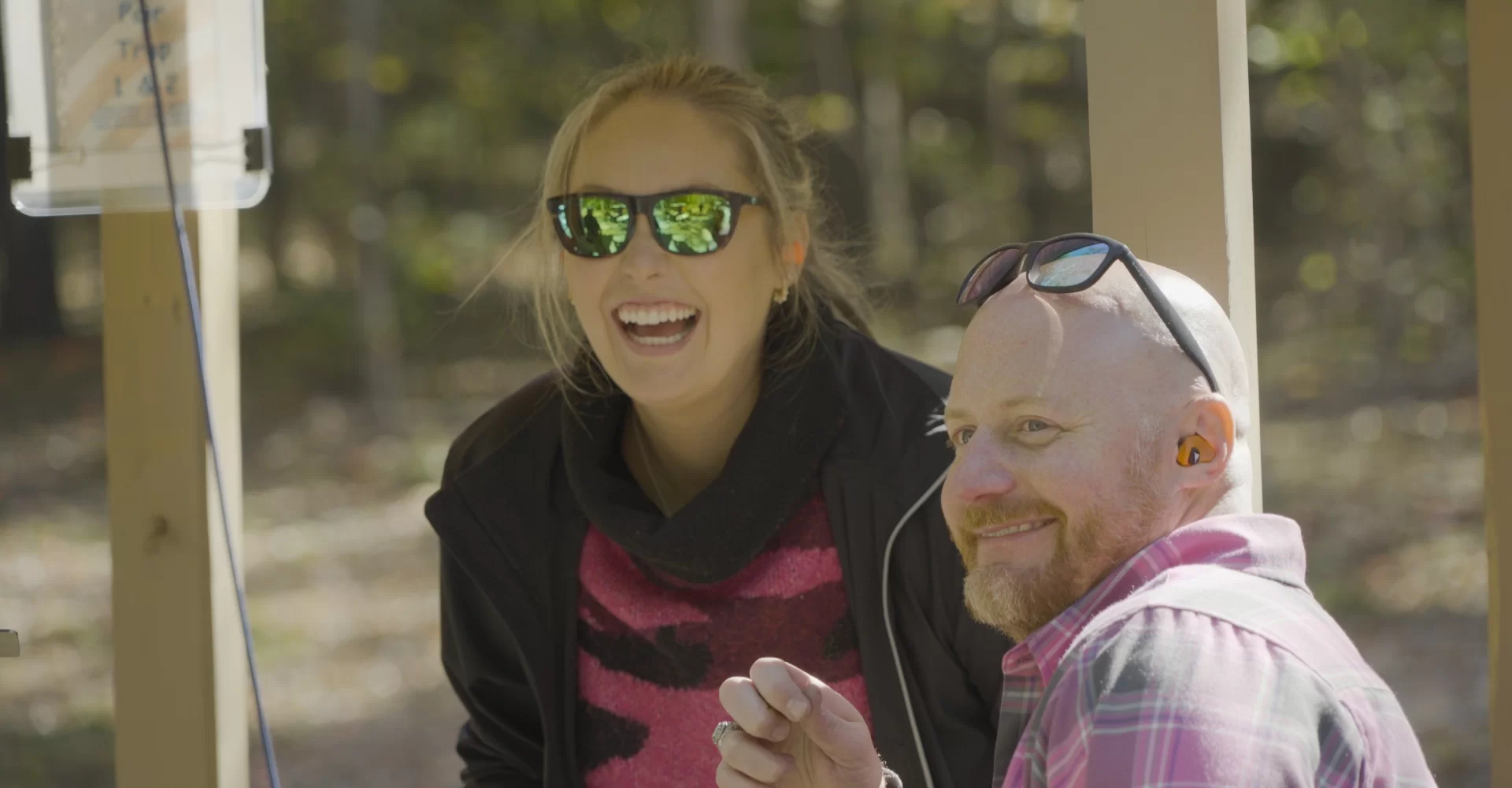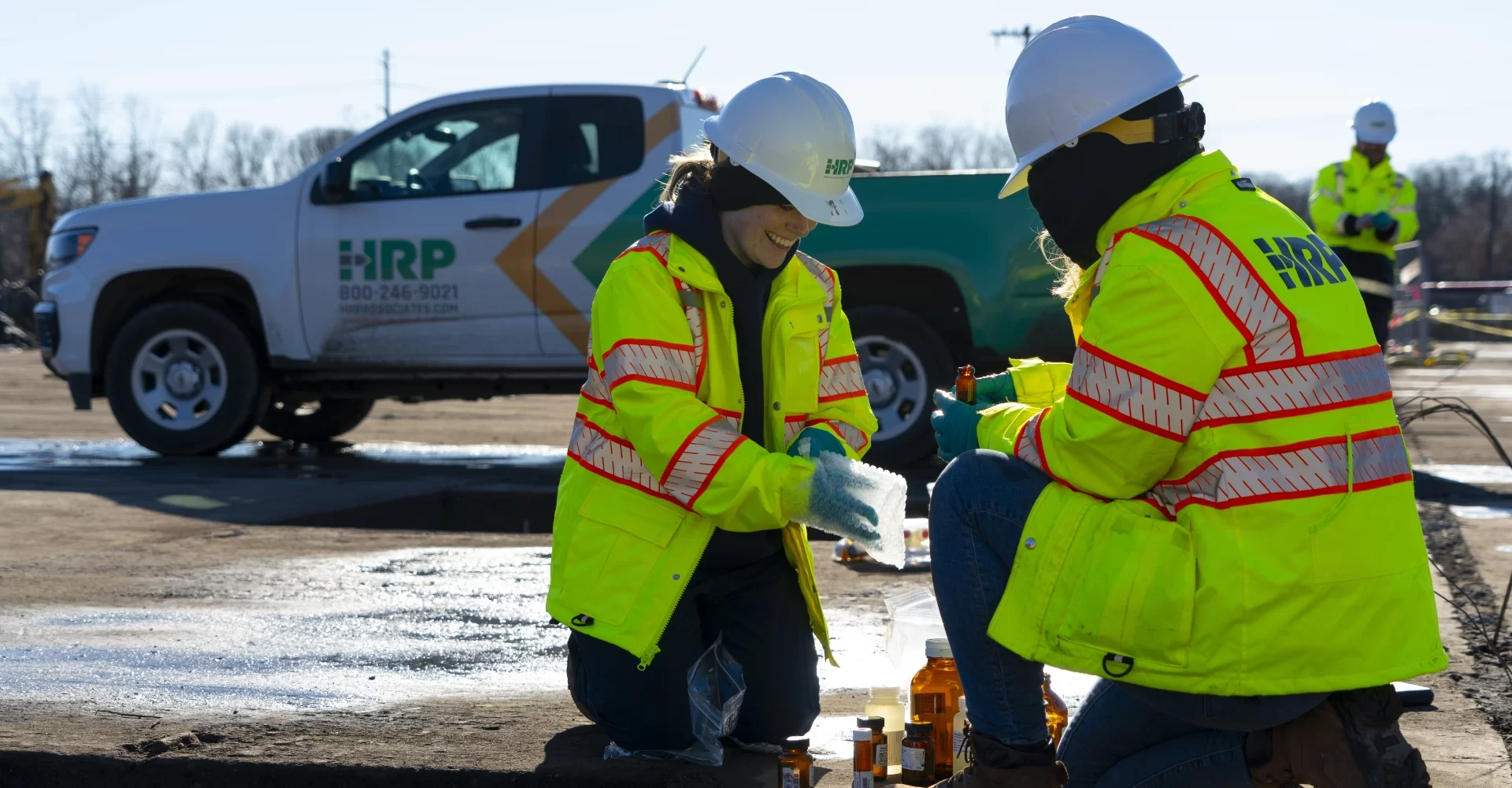Access to Opportunity
Join our team, where opportunity and growth are for everyone.
Working at HRP
HRP offers a flexible, inclusive environment where employees benefit from trust in leadership and abundant opportunities for career growth and development. The company prioritizes a culture of belonging and accountability, supported by its sustainability program, which fosters diversity, equity, inclusion, and belonging as foundational values. Additionally, HRP’s alumni association keeps former employees connected to the organization, allowing them to maintain relationships with current staff and continue their engagement with HRP's evolving culture.
Benefits & Perks
401(k) Retirement Plan + Company-sponsored Profit Sharing Pension Plan
Our 401k plan offers employees a valuable opportunity to save for retirement and build long-term financial security. With employer matching contributions and a diverse range of investment options, our plan empowers employees to take control of their financial futures.
Continuing Education Reimbursement
Our continuing education reimbursement program provides employees with the opportunity to expand their skills and knowledge while advancing their careers. By supporting ongoing learning and professional development, we empower our employees to stay ahead in their fields and contribute to the company's success.
Flex and Paid Overtime, Insurance Coverage
Our Flex and Paid Overtime policy allows employees to balance work and personal commitments. It ensures fair compensation for extra hours worked while promoting employee well-being and a healthy work-life balance.
Our benefits package includes medical, dental, vision, disability, and life insurance. It provides employees and their families essential healthcare services and financial protection, ensuring peace of mind for their professional and personal lives.
Sustainability
Sustainability is not just a choice, but the cornerstone of our future. In today's rapidly evolving world, businesses face the imperative to adapt and innovate, and at the heart of this evolution lies sustainability. We understand that embracing sustainable practices isn't just about meeting regulations or appealing to consumer preferences; it's about fundamentally redefining how we operate to create lasting positive impact.












